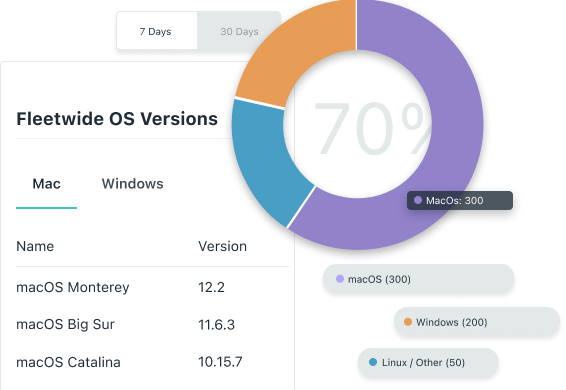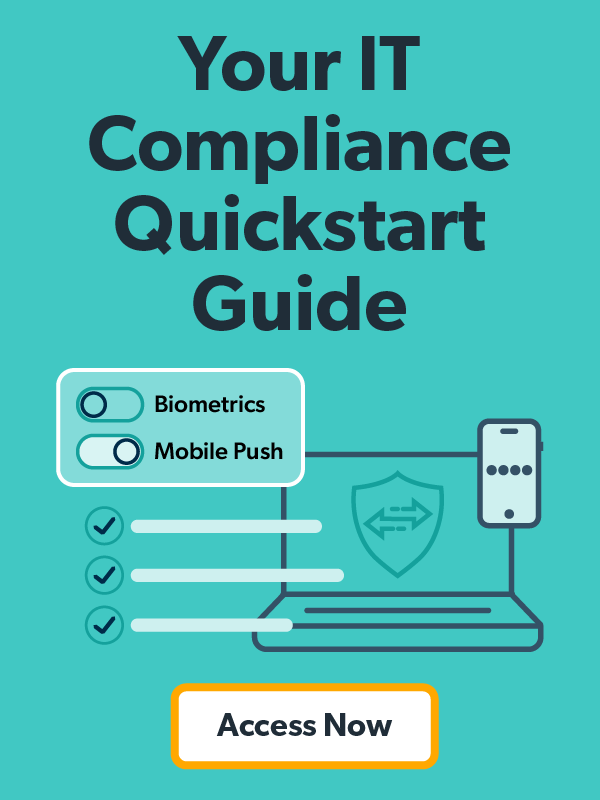Cybersecurity teams constantly battle evolving threats, with patch management at the forefront. Every unpatched system can be an entry point for attackers. This guide shows the key steps, tools, and metrics IT pros need for patch compliance and fixing issues.
Organizations that excel in these practices lower their attack surface and meet rules. A proactive patching approach can turn a minor incident into a major breach.
Understanding Core Patch Management Concepts
- Patch: A software update fixes bugs, boosts performance, or addresses security issues. Patches range from small fixes to critical updates that close security gaps.
- Patch Compliance: When a system or IT environment has all required patches applied. This shows adherence to established standards and timelines.
- Remediation: Fixing non-compliance means deploying missing patches. This usually requires checking why initial patches failed and taking corrective actions.
- Vulnerability Management: Identifying, classifying, prioritizing, and fixing vulnerabilities is essential. Patching is a key method for remediation in this process.
- Service Level Agreement (SLA): Time frames to fix vulnerabilities or apply patches. SLAs establish accountability and ensure timely responses to security risks.
The Technical Process of Patch Compliance
Step 1: Discovery and Vulnerability Scanning
This process starts with network scanning. It finds all endpoints, such as servers, workstations, and network devices. Asset discovery tools identify operating systems and installed software.
Vulnerability scanners check these systems against databases of known issues and missing patches. This automated scanning creates an accurate inventory of security gaps.
Modern scanners work with configuration management databases (CMDBs). These offer real-time visibility into infrastructure changes and new vulnerabilities.
Step 2: Patch Analysis and Prioritization
Security teams look for missing patches. They check and rank them based on several factors. Vulnerability severity ratings provide guidance. But teams also need to consider the context.
System criticality is key in prioritization. Internet-facing servers rank higher than isolated test systems. Business-critical applications often need immediate attention, no matter the vulnerability severity.
Exploitability assessments reveal if active exploits exist for specific vulnerabilities. Patches for actively exploited vulnerabilities are prioritized over theoretical fixes.
Step 3: Patch Deployment
Centralized patch management systems automate deployment across environments. These platforms schedule patches, manage approval workflows, and track installation progress.
A phased deployment approach minimizes operational risk. Patches first deploy to non-critical test systems to verify stability. After successful testing, deployment expands to broader system groups and then to production.
Maintenance windows align patch deployment with business operations to cut disruption. Critical security patches may need emergency deployment outside normal schedules.
Step 4: Compliance Verification and Remediation
Post-deployment scanning verifies successful patch installation across all targeted systems. Automated tools compare current patch levels against required baselines to identify compliance gaps.
Systems that missed patches need investigation and remediation. Common causes include network issues, insufficient disk space, or application conflicts.
The remediation phase involves troubleshooting failed installations and using alternative deployment methods. Some systems may need manual intervention or special procedures to achieve compliance.
Essential Metrics
- Patching Cadence: Measures the average time between patch release and deployment. Best practices recommend deploying critical patches within 72 hours of release.
- Compliance Rate: Calculates the percentage of systems maintaining compliant patch levels. High-performing organizations typically achieve 95% or higher.
- Failed Remediation Rate: Tracks the percentage of systems that fail patch installation. This metric highlights systemic issues needing process improvements.
- Mean Time to Remediation (MTTR): Measures how quickly teams resolve non-compliant systems. Lower MTTR values show more efficient remediation.
Troubleshooting and Implementation Considerations
Patch Compatibility Challenges
Patches can cause application instability or system conflicts. Testing in non-production environments helps find issues before wider deployment.
Application owners should join patch testing to ensure business functionality. Some patches may require application restarts or configuration changes. These changes must align with business operations.
Legacy applications might have unique patch needs or incompatibilities that require special handling.
Operational Resource Requirements
Continuous patch management needs a lot of admin work and tech resources. Organizations must set aside staff time for scanning, testing, deploying, and fixing issues.
Automated tools cut down on manual work but require setup and regular upkeep. Training staff helps teams use patch management platforms effectively.
Change management processes must accommodate both planned maintenance windows and emergency patch deployments.
Legacy System Management
Older systems can be tough to patch. This is often because the vendor has ended support or due to design limits. Standard procedures may not work for these systems.
When patching isn’t possible, alternative security controls are needed. Network segmentation, access restrictions, and extra monitoring can help maintain security.
Migration planning should focus on replacing outdated systems. Use modern options that align with current security practices.
Building Effective Patch Management Programs
Successful patch compliance blends automated tools with clear processes and accountability. Organizations need policies that balance security needs and operational stability.
Regular program assessments find areas for improvement and adapt to new threats. Tracking metrics and reporting provide insight into how the program works.
Collaboration among security, operations, and business teams leads to better patch management decisions. This teamwork considers key factors and keeps security goals in view.






